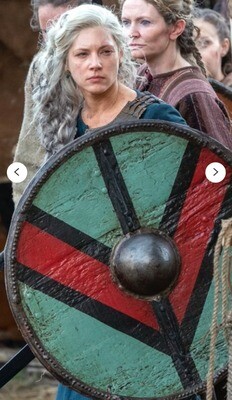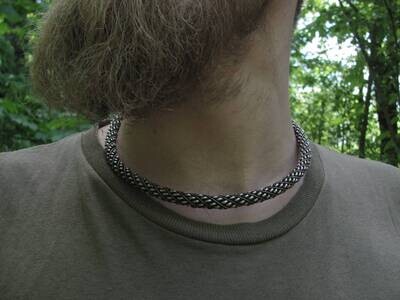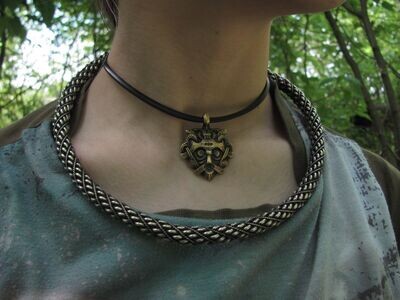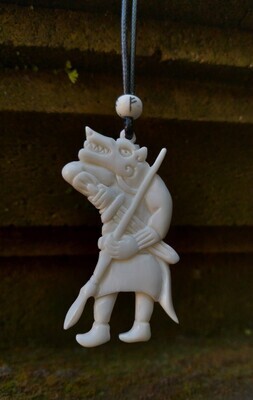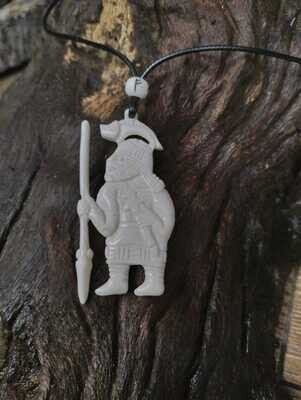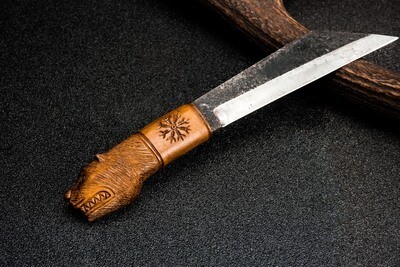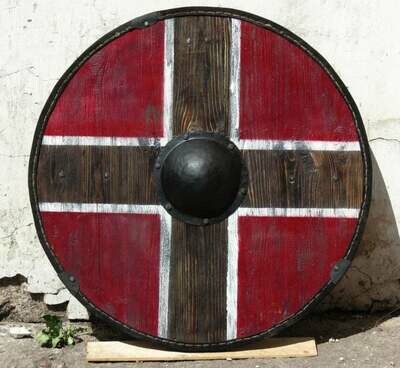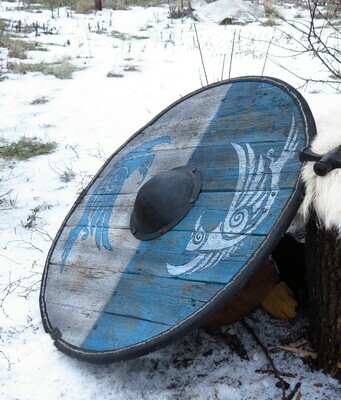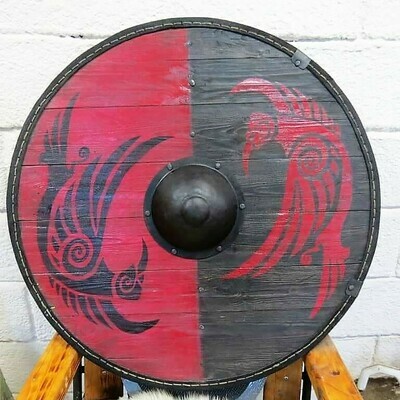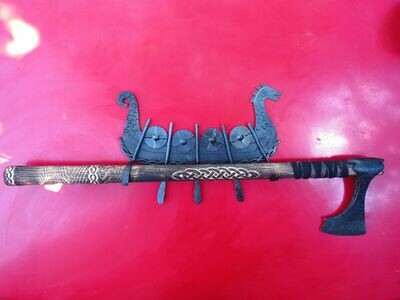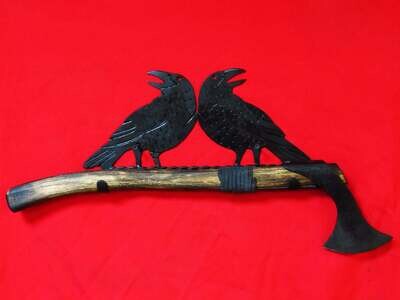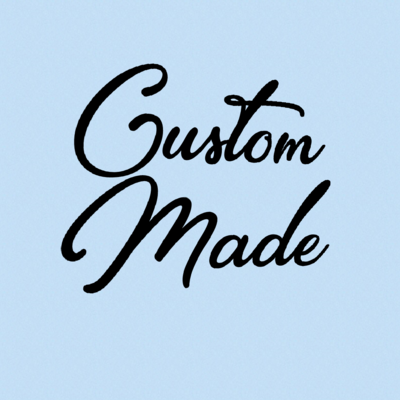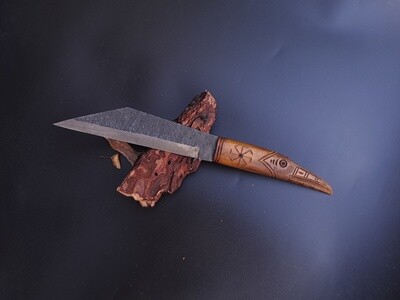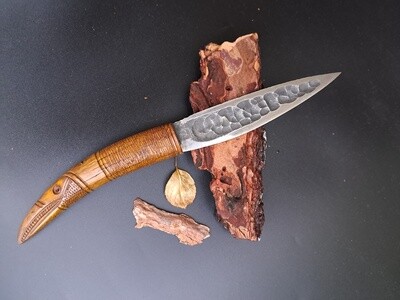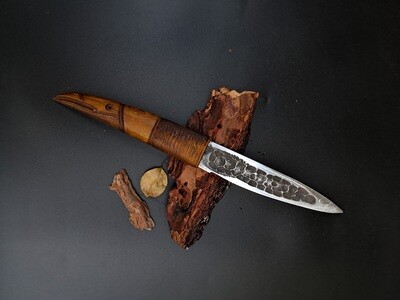Medieval Arms & Armour
The Viking Age (793-1066 AD) was a time of great change and upheaval in Northern Europe. During this period, the Vikings became known for their prowess in battle and their mastery of arms and Armor. Here are some key facts about Viking Age arms and armor:
One of the most famous Viking Age swords is the Ulfberht sword. The Ulfberht was a type of sword that was manufactured during the Viking Age, between the 9th and 11th centuries. It is named after the inscription that is found on many of the swords: "+ULFBERHT+".
The Ulfberht sword was known for its high quality and superior craftsmanship. It was made from crucible steel, a type of steel that was produced by a complex process of heating and forging. This process produced a high-quality steel that was both strong and flexible, making it ideal for use in swords.
The Ulfberht sword was also known for its unique design. It had a long, straight blade with a sharp point and a wide fuller, or groove, that ran down the center of the blade. The hilt was typically made from wood or bone, and was often decorated with intricate designs and patterns.
The Ulfberht sword was highly prized by Viking warriors, and was used in battle and as a status symbol. Because of its superior quality, the Ulfberht sword was also expensive and rare, and was often passed down through generations of Viking families.
Today, the Ulfberht sword is considered one of the most important artifacts of the Viking Age. It is a symbol of the Viking's mastery of metalworking and their reputation as fierce warriors. The Ulfberht sword has been found in archaeological sites throughout Europe, and continues to be a subject of fascination and study for historians and enthusiasts alike.
- Viking Age Weapons: Vikings used a variety of weapons, including swords, axes, spears, and bows. Swords were typically made from iron or steel and were highly prized. Viking swords were designed to be both deadly and beautiful, with intricate designs and patterns etched into the blade. Axes were also a popular weapon, with a variety of shapes and sizes available for different purposes. Spears were used for both throwing and thrusting, and were often used in formation to create a wall of deadly points.
- Viking Age Armor: Vikings wore a variety of armor, including mail shirts, leather armor, and helmets. Mail shirts were made from interlocking rings of metal and provided excellent protection against slashing attacks. Leather armor was cheaper and lighter than mail, but offered less protection. Viking helmets were typically made from iron or steel and featured a variety of decorative elements, including horns, wings, and animal motifs.
- Shields: Viking shields were typically made from wood and were reinforced with metal around the edge. They were often decorated with intricate designs and motifs, including animal shapes and mythological figures. Viking shields were highly effective in battle, providing protection against both arrows and melee weapons.
- Runes: Vikings sometimes inscribed runes on their weapons and armor for protective purposes. These runes were believed to have magical powers and could offer protection in battle.
- Style: Viking weapons and armor were highly decorative, with intricate designs and patterns etched into the metal. These designs often featured animal shapes, geometric patterns, and mythological figures.
Overall, Viking arms and armor were highly prized for their quality and craftsmanship. They played a central role in Viking culture and were a symbol of power and status. Today, Viking weapons and armor are highly sought after by collectors and historians, providing valuable insight into the military tactics and technology of this fascinating period in history.
